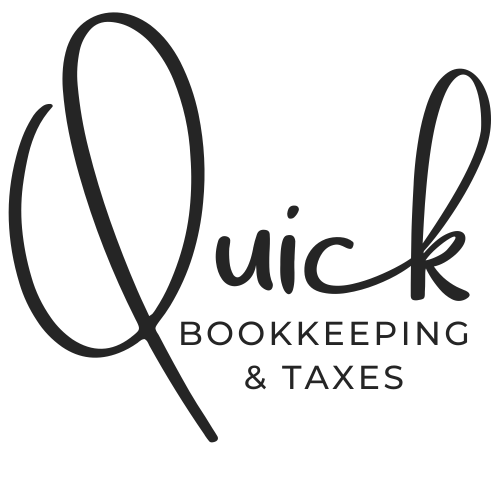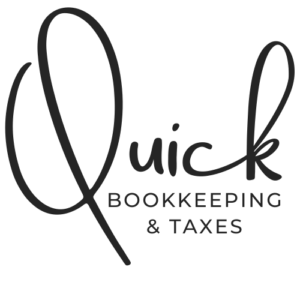As a small business owner, you wear many hats but when it comes to compensating yourself for your hard work and dedication, how do you navigate the complexities of payroll? Should you take owner’s draws or pay yourself a salary?
What factors should you consider when choosing between owner’s draws and salary payments? Here are some key factors to consider:
- Financial Needs: Assess your personal financial obligations and determine the minimum income you need to cover expenses.
- Business Performance: Evaluate your business’s financial health, including cash flow, profitability, and future projections.
- Tax Implications: Consider the tax advantages and compliance requirements associated with draws and salary payments.
Understanding Owner’s Draws
An owner’s draw is like taking money out of your personal piggy bank – it’s a withdrawal of profits from your business for personal use. Draws offer flexibility, allowing you to take funds as needed or on a regular basis. Whether you’re covering household expenses, paying bills, or treating yourself to a well-deserved vacation, draws provide the freedom to access your business’s earnings when you need them most.
However, while draws offer flexibility, they can also present challenges. Without a fixed salary, it can be challenging to budget personal finances or demonstrate stable income when applying for loans or mortgages. Additionally, taking excessive draws can strain your business’s cash flow and hinder its ability to cover expenses or invest in growth opportunities.
How to Decide: Draws vs. Salary
When selecting a payment method, consider the type of business entity you operate for tax purposes. While corporations can be taxed as S corporations or C corporations, LLCs have the flexibility to be taxed as sole proprietorships, partnerships, or corporations.
In sole proprietorships or general partnerships, your role extends beyond just being an employee – you’re essentially the driving force behind the business. Consequently, compensating yourself through draws is common practice. However, it’s important to remember that with this method comes the responsibility of managing your tax obligations, including quarterly estimated taxes. These payments cover various taxes, such as federal and state income taxes, as well as self-employment taxes for Social Security and Medicare contributions.
On the flip side, if your business is structured as a corporation and you’re actively engaged in its day-to-day operations, you’re considered an employee. Consequently, compensating yourself with a salary is customary, with taxes withheld accordingly. However, it’s important to note that salary payments are not your only option; you also have the flexibility to receive draws or distributions from the business’s profits.
In the case of an S corporation, all profits from the business flow through to the owners’ personal tax returns. While an owner’s salary is subject to payroll taxes, distributions of profits are not. This tax advantage prompts some S corporation owners to minimize their salary and instead receive the remaining profits as distributions, potentially resulting in tax savings. Nevertheless, it’s essential to ensure that the salary you receive is reasonable based on your role and expertise, as mandated by IRS regulations.
Ultimately, the best payment method depends on your individual circumstances and goals. Whether you opt for draws, salary, or a combination of both, the key is to strike a balance between meeting your personal financial needs and supporting your business’s growth and success.
For more info, book a consultation with us at www.qbtconsulting.com, and make sure to stay up to date with latest news on our blog.


